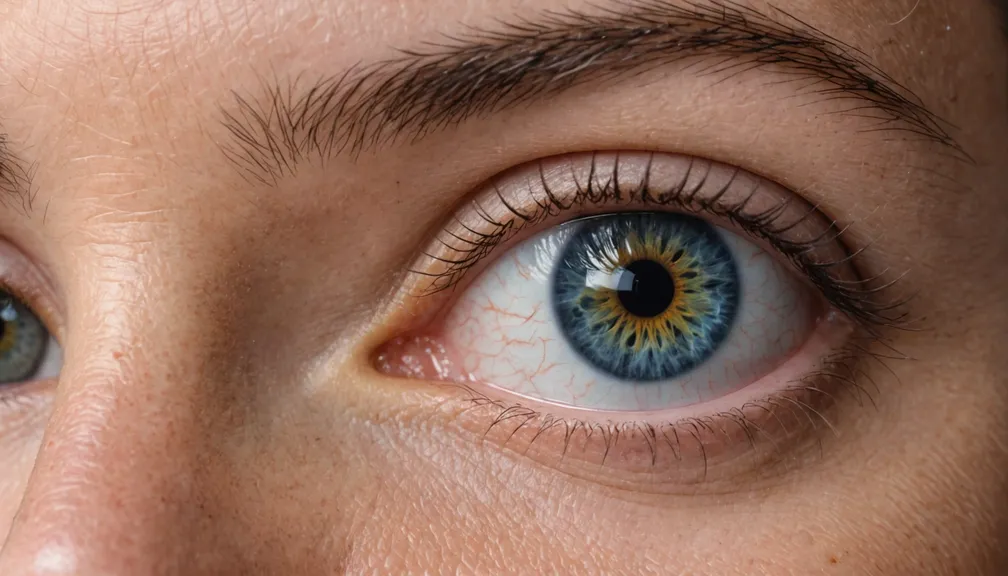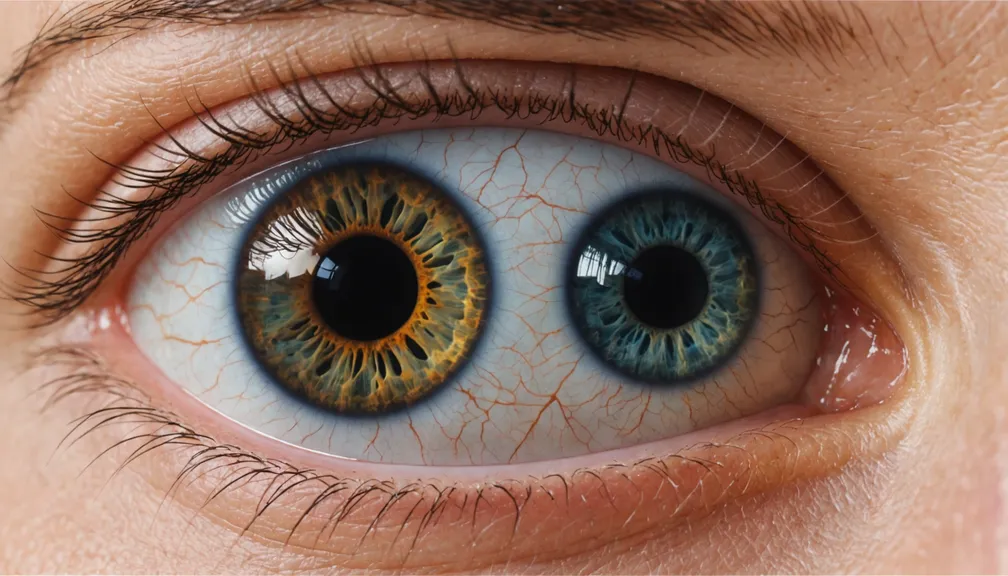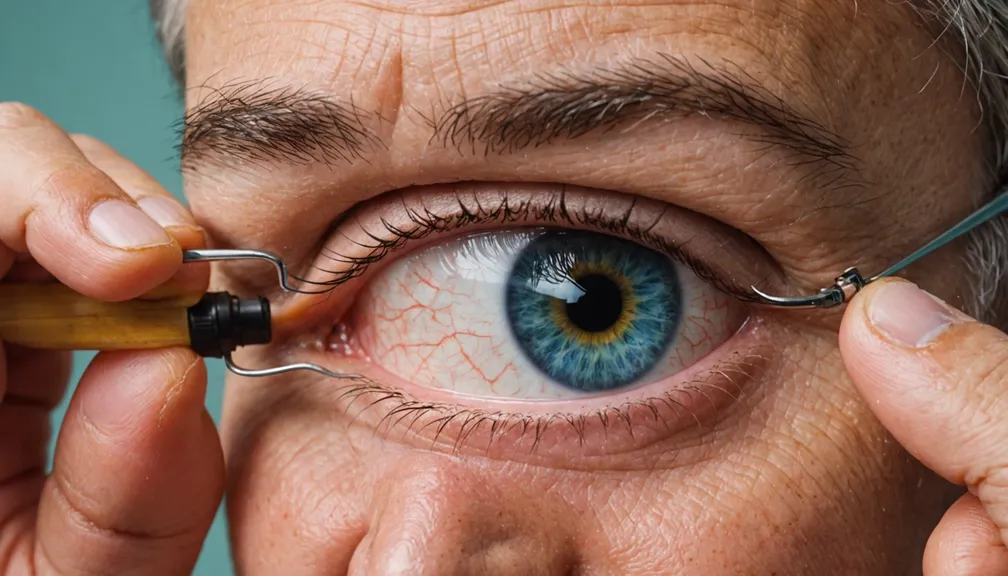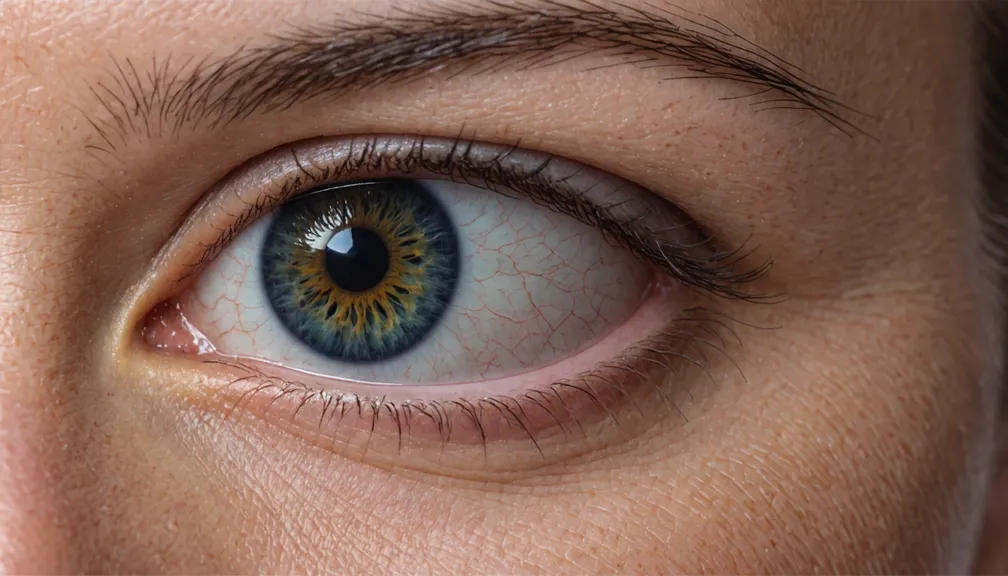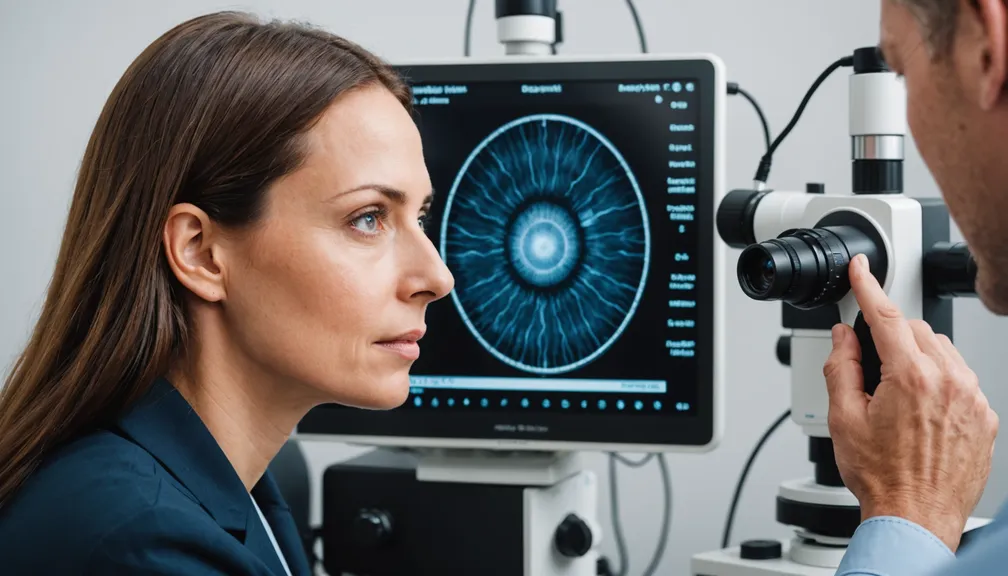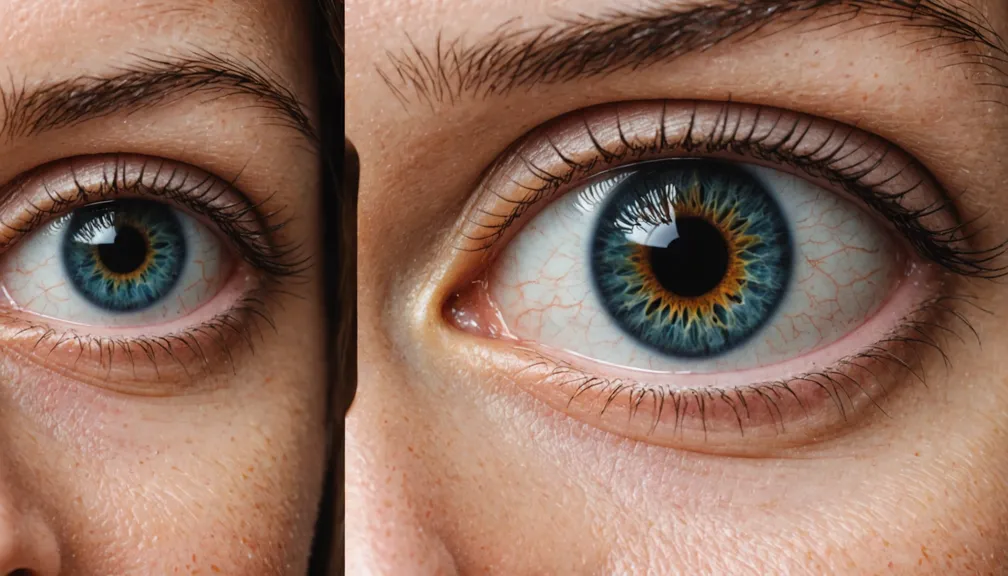Understanding Low Vision
Low vision refers to a significant visual impairment that cannot be fully corrected with standard glasses, contact lenses, medication, or surgery. It affects daily activities such as reading, driving, and recognizing faces. Understanding low vision is the first step toward managing its impact on your life.
Common Causes of Low Vision
- Inherited Conditions: Diseases like retinitis pigmentosa and Leber's congenital amaurosis are genetic disorders that affect the retina.
- Age-Related Degeneration: Conditions such as macular degeneration can lead to gradual loss of central vision.
- Glaucoma: Increased pressure in the eye can damage the optic nerve, leading to peripheral vision loss.
- Diabetic Retinopathy: High blood sugar levels can damage the blood vessels in the retina.
- Traumatic Injury: Accidents can cause sudden and severe vision loss.
Daily Living Strategies
Adapting to low vision involves incorporating strategies that make daily tasks easier and more manageable.
Mobility and Navigation
- Consistent Layouts: Keep your living spaces organized with consistent placement of furniture and belongings to navigate more easily.
- Contrast Lighting: Use lighting that minimizes glare and enhances contrast to better perceive your environment.
- Safe Pathways: Remove obstacles and ensure pathways are clear to prevent trips and falls.
Reading and Writing
- Large Print Materials: Use books, newspapers, and other reading materials with larger text sizes.
- High-Contrast Text: Choose high-contrast color combinations, such as black text on a white background, to improve readability.
- Alternative Formats: Explore audio books and digital texts that can be adjusted for size and contrast.
Cooking and Household Tasks
- Labeling Systems: Implement tactile or high-contrast labeling for containers and appliances to identify contents easily.
- Organized Storage: Keep frequently used items within easy reach and organized to streamline cooking and cleaning processes.
- Adaptive Tools: Utilize tools with ergonomic designs that are easier to handle and use safely.
Creating an Accessible Environment
Modifying your living space can significantly enhance independence and safety.
Home Modifications
- Adequate Lighting: Ensure rooms are well-lit with adjustable lighting to accommodate different tasks and times of day.
- Non-Slip Surfaces: Use non-slip mats in bathrooms and kitchens to reduce the risk of slipping.
- Clear Signage: Implement clear and simple signage to mark important areas and exits within your home.
Technology Integration
- Smart Home Devices: Use voice-activated assistants to control lighting, appliances, and other devices without needing to see switches or buttons.
- Automated Alerts: Set up systems that provide auditory or tactile alerts for events like doorbells, phone calls, or smoke alarms.
Emotional and Social Support
Coping with low vision can be challenging, and seeking support is crucial for maintaining emotional well-being.
Building a Support Network
- Family and Friends: Engage with loved ones who can provide practical assistance and emotional encouragement.
- Support Groups: Join local or online support groups to connect with others facing similar challenges.
Professional Counseling
- Therapists and Counselors: Seek professional help to navigate feelings of frustration, anxiety, or depression related to vision loss.
- Occupational Therapists: Work with specialists to develop strategies for adapting to daily activities and improving quality of life.
Healthcare Professionals and Support Services
A multidisciplinary team can provide comprehensive care and support for managing low vision.
Types of Doctors and Specialists
- Ophthalmologists: Medical doctors specializing in eye and vision care, essential for diagnosis and treatment plans.
- Optometrists: Provide vision care, including prescribing glasses and contact lenses, and detect vision-related issues.
- Low Vision Specialists: Experts who focus on maximizing remaining vision through tailored strategies and interventions.
Support Services
- Rehabilitation Therapists: Assist in regaining independence through adaptive techniques and tools.
- Social Workers: Help navigate healthcare systems, access resources, and provide emotional support.
Managing low vision involves a combination of understanding the condition, adapting daily living strategies, creating an accessible environment, seeking emotional support, and collaborating with healthcare professionals. By implementing these approaches, individuals with low vision can enhance their quality of life and maintain independence.
